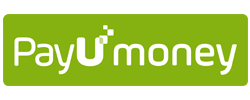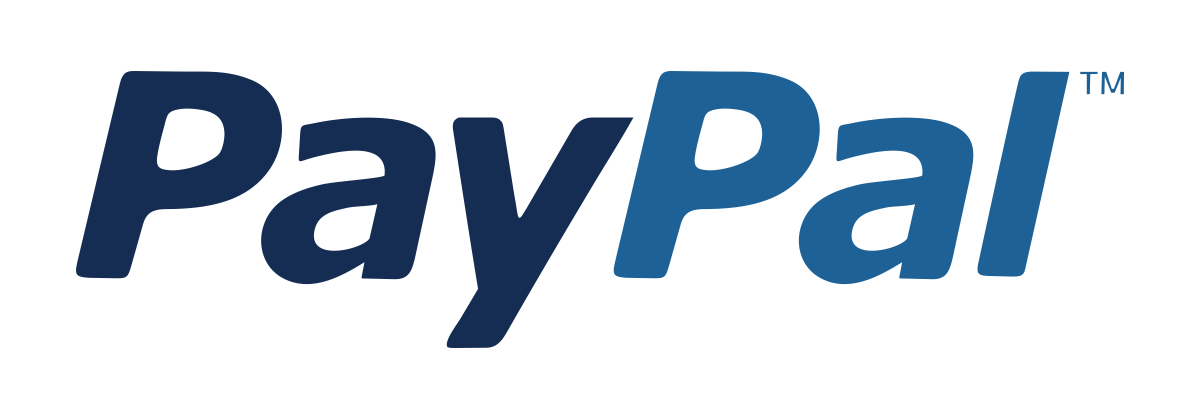Angular: Create Powerful and Responsive Web Applications
Master Angular to build dynamic, scalable, and responsive web apps with modern UI, efficient routing, forms, and state management techniques.Preview Angular: Create Powerful and Responsive Web Applications course
Price Match Guarantee Full Lifetime Access Access on any Device Technical Support Secure Checkout Course Completion Certificate 95% Started a new career
BUY THIS COURSE (
95% Started a new career
BUY THIS COURSE (GBP 12 GBP 29 )-
 88% Got a pay increase and promotion
88% Got a pay increase and promotion
Students also bought -
-
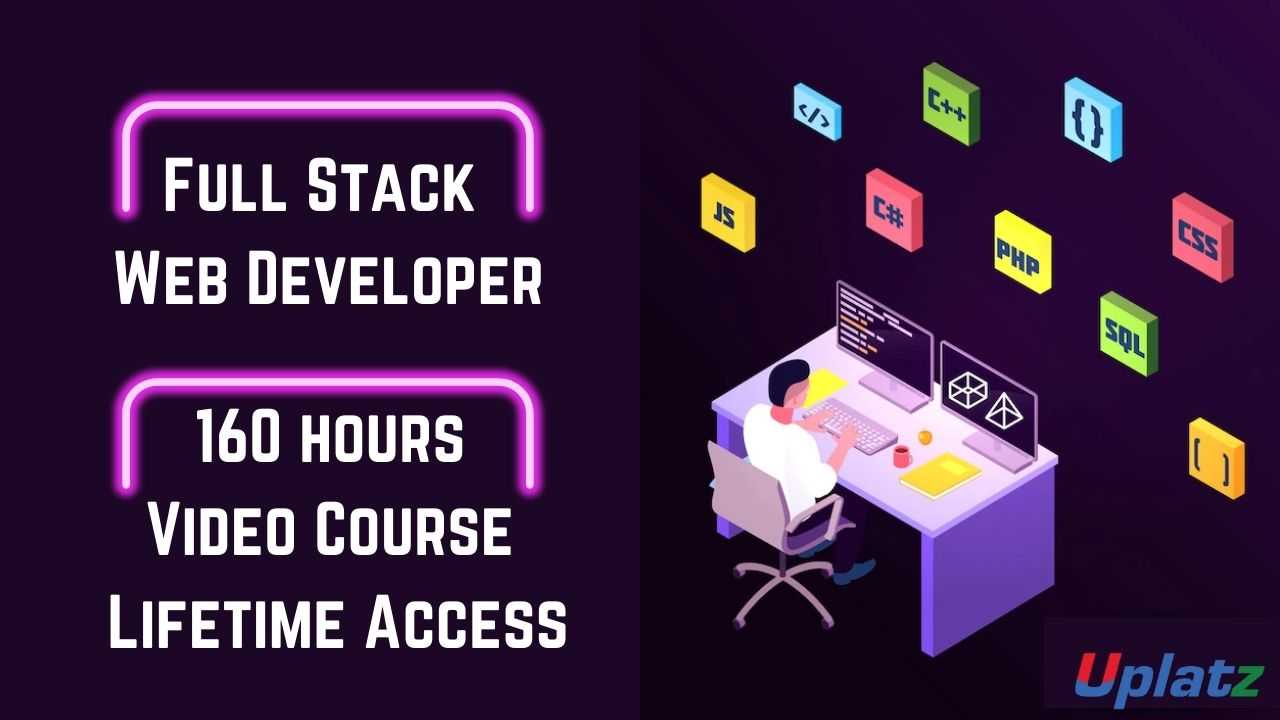
- Career Path - Full Stack Web Developer
- 160 Hours
- GBP 32
- 2236 Learners
-

- React
- 20 Hours
- GBP 12
- 2710 Learners
-
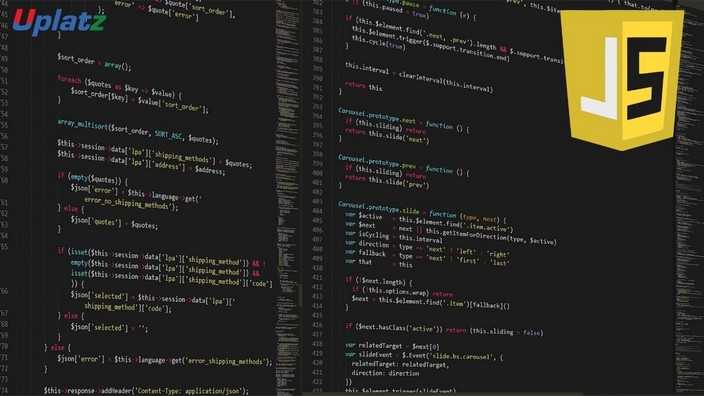
- JavaScript Programming
- 35 hours
- GBP 12
- 518 Learners
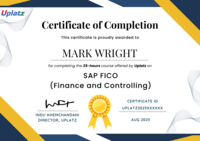
About the Course: Angular – Self-Paced Online Course
In today's fast-evolving digital landscape, dynamic and responsive web applications are in high demand. Angular, a popular open-source front-end framework maintained by Google, is a powerful tool for building scalable, maintainable, and high-performance web applications. The Angular – Self-Paced Online Course has been designed for learners at all levels—from complete beginners to experienced developers—who want to build robust, feature-rich single-page applications (SPAs) using modern web development practices.
This course offers a comprehensive, structured, and hands-on learning experience, delivered through pre-recorded, instructor-led video modules. The self-paced format allows learners to study according to their own schedules, making it ideal for working professionals, students, or anyone looking to transition into web development without the pressure of live classes or deadlines. Upon successful completion of the course, participants will be awarded a Course Completion Certificate, validating their proficiency in Angular development.
Why Learn Angular?
Angular is widely adopted across industries for building interactive web interfaces and enterprise-grade applications. It supports a component-based architecture, a rich tooling ecosystem, and features like data binding, dependency injection, and modular code organization—all of which contribute to faster development and better application maintainability.
This course equips you with real-world skills needed to work with Angular in professional environments. Whether you're looking to launch your career in web development, join a front-end team, or enhance existing applications, mastering Angular will give you a competitive edge in the tech job market.
What You Will Learn
Throughout this course, you'll be guided through the essential and advanced features of Angular with practical examples, demos, and hands-on exercises.
Core Topics Covered:
- Introduction to Angular & TypeScript
- Setting up Angular development environment
- Understanding Angular CLI and project structure
- TypeScript basics and its role in Angular
- Component-Based Architecture
- Creating and managing Angular components
- Input/output properties and event communication
- Component lifecycle hooks and best practices
- Templates, Directives & Pipes
- Using built-in and custom directives
- Structural vs. attribute directives
- Creating and using pipes for data transformation
- Data Binding and Forms
- One-way and two-way data binding
- Template-driven vs. reactive forms
- Form validation techniques and error handling
- Routing and Navigation
- Implementing Angular Router
- Route parameters, guards, and lazy loading
- Nested routes and modular navigation
- Dependency Injection & Services
- Creating injectable services
- Using Angular’s built-in DI system
- Managing application-wide state using services
- Observables and RxJS
- Understanding asynchronous programming
- Working with observables and operators
- Handling API calls and stream-based data
- HTTP Communication & APIs
- Sending HTTP requests and handling responses
- Error handling and interceptors
- Integrating Angular with RESTful APIs
- Testing and Debugging
- Unit testing with Jasmine and Karma
- Debugging Angular applications
- Writing testable components and services
- Angular Universal (Server-Side Rendering)
- Enhancing performance with SSR
- SEO benefits and pre-rendering
- Deploying Angular Universal applications
- Production and Deployment
- Building and optimizing Angular applications
- Configuration management
- Deployment to platforms like Firebase, AWS, or GitHub Pages
By the end of this course, you will be fully equipped to design, develop, test, and deploy production-ready Angular applications using industry best practices.
Who Should Enroll?
This course is suitable for:
- Aspiring front-end developers who want to enter the world of web development
- Software engineers looking to upskill or switch to Angular-based development
- Back-end developers wanting to expand into full-stack development
- UI/UX designers who want to implement interactive features themselves
- Students and graduates aiming to gain job-ready Angular skills
- Technical leads and architects who want to understand Angular project structure
No prior experience with Angular is required, although basic HTML, CSS, and JavaScript knowledge will be helpful.
How to Use This Course Effectively
To get the most out of this self-paced learning experience, we recommend the following approach:
- Set a Study Plan
Allocate a fixed number of hours each week to watch lessons and practice. Consistency will help you retain concepts more effectively. - Start with the Basics
If you're new to Angular or TypeScript, begin with the introductory modules and don’t rush. Building a solid foundation is essential before tackling advanced topics. - Code Along with the Videos
Open your code editor and follow the instructor by building your own versions of the example applications. Hands-on practice is key to mastering Angular. - Experiment with the Code
Modify and extend the examples to explore how changes affect the application. This experimentation helps reinforce your understanding and builds confidence. - Complete All Exercises and Projects
Many modules include coding challenges or small projects. Don’t skip these—they are essential for applying your learning in realistic scenarios. - Use Angular Documentation as a Supplement
The official Angular documentation is an excellent resource. Use it alongside the course to explore deeper or updated information. - Engage with Online Communities
Join Angular communities on platforms like Stack Overflow, Reddit, or GitHub to ask questions, share projects, and get feedback from other developers. - Revisit Challenging Modules
Angular has a steep learning curve in some areas (like RxJS or Dependency Injection). Rewatching these sections and practicing them again will help reinforce your skills. - Build Your Own Project
As you gain confidence, start a capstone project such as a portfolio site, blog, dashboard, or e-commerce app. Apply everything you’ve learned to create something unique. - Earn and Share Your Certificate
Once you’ve completed all modules and assignments, download your Course Completion Certificate and add it to your LinkedIn profile, resume, or online portfolio to demonstrate your skills to potential employers.
What Comes After This Course?
After mastering Angular through this course, you can explore related technologies and career paths, such as:
- Full-stack development with Angular and Node.js
- Mobile app development using Ionic with Angular
- Progressive Web App (PWA) development
- Advanced Angular testing and performance optimization
- Angular with state management libraries like NgRx
By taking this course, you're not just learning a framework—you're investing in a future-proof skill set that empowers you to build powerful, maintainable, and responsive web applications. Whether you're aiming to land your first development job or advance your existing career, this course provides the tools you need to succeed.
Course/Topic 1 - Course access through Google Drive
-
Google Drive
-
Google Drive
Course Objectives
- Understand Angular architecture and development workflow
- Build Angular components and use routing to navigate between views
- Work with directives, pipes, and services to structure the application
- Implement forms with validation and data handling
- Apply Bootstrap styling for responsive UI design
- Use observables and dependency injection to enhance performance
- Create dynamic components and manage application state
- Deploy Angular apps and explore Angular Universal for SSR
- Apply unit testing techniques for Angular components
Angular Course Syllabus
Module 1: Angular Fundamentals
- Introduction to Angular
- History and versions
- Angular architecture
- Installing and setting up
- Creating the first Angular app
- App loading process
Module 2: Framework Comparison
- Angular vs React
Module 3: Strengths & Challenges
- Advantages and Disadvantages of Angular
Module 4: Angular Project Structure
- Understanding Angular file structure
Module 5: Components
- Introduction and management of components
Module 6: Angular CLI
- Essential CLI commands
Module 7: Styling with Bootstrap
- Integrating Bootstrap
- Angular UI libraries overview
Module 8: Routing in Angular
- Implementing routing
Module 9: Directives in Angular
- Using ngIf, ngFor, ngSwitch, ngClass, ngStyle
Module 10: Pipes
- Using built-in and custom pipes
Module 11: Data Binding Techniques
- Event, property, and two-way data binding
Module 12: String Interpolation
- Dynamic content with interpolation
Module 13: Forms in Angular
- Form data flow and validation
Module 14: Error Handling
- Debugging and fixing Angular errors
Module 15: Services and Dependency Injection
- Creating and using services
- Understanding DI
Module 16: Animations
- Implementing UI animations
Module 17: Dynamic Components
- Creating components on the fly
Module 18: Modules and Deployment
- Modularization and deployment process
Module 19: Unit Testing
- Introduction to testing in Angular
Module 20: Observables
- Working with RxJS Observables
Module 21: Angular Universal
- Server-side rendering in Angular
Module 22: What’s New in Angular
- Latest features and updates
Upon completing the Angular course, learners will be awarded a Course Completion Certificate from Uplatz, acknowledging their technical skills in building and deploying Angular-based web applications.
This certificate serves as a credible proof of your hands-on experience in Angular and can enhance your professional profile significantly—whether you're applying for a developer role, working as a freelancer, or aiming to lead front-end development teams.
Learning Angular opens a wide array of career paths in the tech industry. As companies shift toward single-page applications and modular front-end architectures, Angular developers are in high demand.
Possible roles include:
- Angular Developer
- Front-End Developer
- JavaScript Developer
- Web Application Developer
- UI/UX Engineer
- Software Engineer (Web)
- MEAN Stack Developer
Angular professionals are highly sought after in sectors like e-commerce, fintech, edtech, enterprise SaaS, and government digital transformation projects. This course gives you the tools to build interactive, scalable apps that enhance user experience and performance.
Whether you're aiming for a job in a startup or a Fortune 500 company, or planning to freelance or contribute to open-source projects, Angular skills will help you deliver robust applications and accelerate your web development career.
1. What is Angular, and how does it differ from AngularJS?
Angular is a modern TypeScript-based front-end framework developed by Google. AngularJS was the original JavaScript version. Angular offers better performance, modular architecture, and advanced tooling.
2. What is a component in Angular?
A component controls a part of the UI. It includes a TypeScript class, an HTML template, and a CSS stylesheet. Components are the building blocks of Angular applications.
3. How does data binding work in Angular?
Angular supports one-way and two-way data binding, allowing synchronization between the model and the view.
4. What are directives in Angular?
Directives are special markers in templates that tell Angular how to render or modify elements. Examples include ngIf, ngFor, and custom directives.
5. What is dependency injection in Angular?
DI is a design pattern that allows objects to be injected into a class instead of being created manually. Angular uses it to provide services efficiently.
6. What are observables in Angular?
Observables are used for asynchronous programming. Angular uses RxJS to handle data streams such as HTTP requests and user inputs.
7. What is Angular CLI and why is it important?
Angular CLI is a command-line tool that simplifies Angular project creation, testing, and deployment. It automates common tasks for faster development.
8. How do Angular modules work?
Modules group related components, directives, and services. Every Angular app has at least one root module, AppModule.
9. How is routing handled in Angular?
Angular uses the @angular/router module to manage navigation. Routes define how the app responds to URL changes.
10. What is the purpose of Angular Universal?
Angular Universal enables server-side rendering (SSR), improving performance and SEO for Angular applications.






